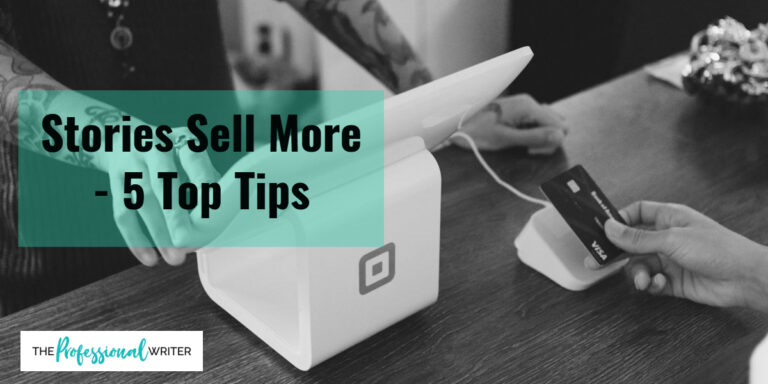Does your marketing capture your ideal customers’ attention? Or are you attracting the wrong people?
These tips will help you focus your marketing on the right people to get better results.
-
It’s not about you, it’s about THEM
I’ve said it before and I’ll say it again… Your marketing is about your customers and what you can offer them. Too many small businesses design ads promoting themselves and their product or service when the stark reality is that nobody really cares about WHO you are until you tell the how you can help THEM.
If you truly want to capture your ideal customer’s attention, your message needs to be about them and what you can do for them.
-
Who are your customers?
Exactly who makes up your target market? Please don’t say anybody and everybody, because that’s usually not true. Take the time to identify an ideal customer for each of your products or services or at least a range of them. Identify this person’s age, gender, income, personality type, personal preferences, hobbies and interests, likes and dislikes, etc.
Compile an “Ideal Customer Profile” or avatar of this person, give them a name and use a stock photo to get an idea of the type of person you’re targeting. This ICP or avatar can be very helpful when you are designing your marketing.
For example, let’s say you’re a florist. Your customers would be wide-ranging, but let’s choose one major segment in your local market. We identify Dave, who is in a relationship, income $80,000-150,000, he’s a romantic at heart and isn’t afraid to show it, he enjoys playing golf with his mates on the weekend, barbecues with friends and bushwalking.
-
What’s their problem?
What are your customers looking for? What problem do they have that your product or service helps solve? Take the time to find out because this is the key to your marketing success!
So, what’s Dave’s problem? Maybe he spent too long at golf on the weekend and his partner or wife is upset or annoyed. Targeting him with a message like, “There’s no better way to say you’re sorry” or “
-
Offer a solution to their problem
What’s a problem your customers are having which you could address? The best way to determine the actual problem your customers are experiencing is by asking them. But for the purpose of this exercise, let’s use the example of the florist and finding a gift for Mother’s Day.
Which headline do you think is more likely to get a response from people with this problem?
- Smith’s Florist is your no. 1 local supplier of beautiful bouquets
- Nothing says “I love you” like a beautiful bouquet from Smith’s Florist
- Show Mum how much you love her with flowers this Mother’s Day
Notice how both B & C are offering the reader a solution, but in this case, C is specifically targeted at people looking for a gift for Mother’s Day. Using words like, “Show Mum how much you love her” are designed to trigger an emotional response in the reader as well. Notice how the heading doesn’t mention the business name? Your name should never be at the top of the ad. Remember to tell them how you’re going to help them, then tell them who you are.
How do you apply this?
Let’s talk about a blog post related to this issue. If you were writing a post, you might write about “The 5 most popular Mother’s Day gifts – as rated by Mums” or “What Mums really want for Mother’s Day” or “Mother’s Day: The best way to honour and thank the first woman who ever loved you” or something along those lines. Notice how all these headlines offer a solution to the problem of looking for a Mother’s Day gift. Obviously, the post would talk about more than just flowers, but there’s definitely scope to weave flowers into each of the stories.
- Always include a call to action
In any piece of marketing, advertising or blog post, you need to provide a reason for the reader to contact you. Be sure to clearly spell out how you want that to happen, whether it’s clicking a link to a sales page on your website, asking them to email an enquiry or a “Call Now” message with the phone number in big bold numerals.
Including your contact details may seem obvious, but you’d be surprised how often this is forgotten. Think about how your customers want to contact you – what’s easiest for them? Don’t just automatically use the method that suits you best if it doesn’t work for your customers, as you may not get the results you’re seeking.
I hope these tips have been helpful in capturing your ideal customer’s attention. If you have any hints or tips you’d like to share, please leave them in the comments box below.
If you enjoyed this article you may also like to read:
How to attract premium clients and
How to connect with your customers
Hi, I’m Lyndall Guinery-Smith, The Professional Writer. I love to write copy dedicated to attracting and engaging your customers – and improving your bottom line. I happily work with clients all around Australia. Email me to arrange an obligation-free discussion about your latest project.


